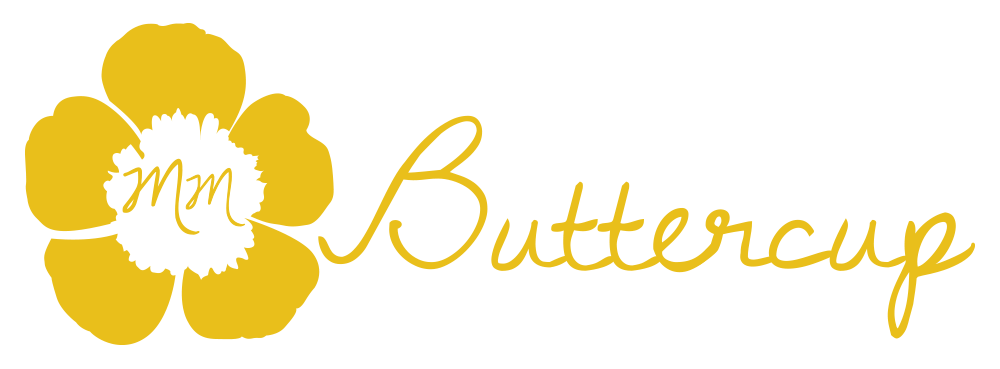Play patterns change across childhood. At seven, my daughter plays differently than she did at 3 years old. I wanted to learn more about her ideas on play. Here is an interview I did with her.
Me: What makes play fun?
Adriana: If you’re smiling, that means you’re having fun.
Me: Do you need toys or electronics to play?
Adriana: No. I like to play with dirt at recess. But I do like toys and electronics for playing, though.
Me: What is the best part of play?
Adriana: The part where everybody is happy. Or the part where everything is going wrong and we get a solution for it.
Me: How do you know you’re playing?
Adriana: If it is fun. I call spelling fun. Spelling tests are playing for me. Same thing for recess and at home.
Me: What do grown-ups need to know about play?
Adriana: They need to know the whole list of games like: hide-n-see, jump rope, hopscotch, hula hooping, hand games, Red Rover, and soccer.
Today, seize the play! Side effects may include: joy, giddiness, and general awesomeness.






